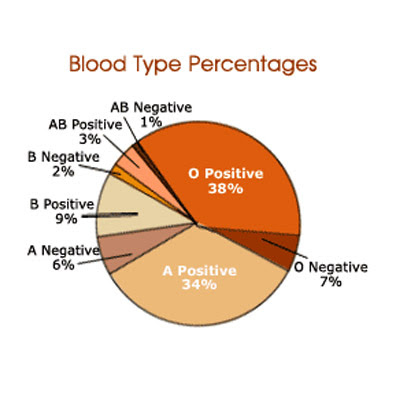

However, the engineered enzyme still doesn’t remove every single moiety with the N-acetylgalactosamine. By directed evolution, the investigators got an engineered enzyme with a 170-fold greater efficiency than the original enzyme. The investigators decided to engineer the enzyme so it had better activity against those A subtypes. Kwan adds that the enzyme also is good at cleaving most A and B subtypes with the exception of a few A subtypes. Kwan explains that the structure of the enzyme is known, which helped the investigators design their variants. Kwan, Withers and the rest of the team carried out directed evolution on the family 98 glycoside hydrolase from a strain of Streptococcus pneumoniae. In directed evolution, researchers carry out iterative rounds of mutations on a gene to ultimately produce a protein that performs better than the original gene product. So Withers’ group, which had some success in engineering different classes of sugar enzymes, tackled the creation of more efficient sugar hydrolases by directed evolution. But to date, sugar hydrolases have not been sufficiently efficient to make the idea practical. The idea from the 1980s has been to use enzymes to remove the moieties with the terminal N-acetylgalactosamine or the galactose residues to leave the core sugar structure on red blood cells, just like in type O blood. Only type O blood can be freely shared without the fear of immune responses. Type A people can’t take type B blood type B people can’t take in type A blood.

The additional residue presents trouble during blood transfusions: It can trigger life-threatening immune responses. The moiety carrying the additional residue can be tacked onto the core structure in various ways, giving rise to subtypes of A and B blood. Type A has an N-acetylgalactosamine residue. Both blood type A and B have the same core sugar structure as blood type O, but differ in an additional sugar at the tip of the sugar structure. The difference between them lies in the sugar structures that festoon the surface of red blood cells. Now in a paper just out in the Journal of the American Chemical Society, Withers, David Kwan, Jayachandran Kizhakkedathu (Centre for Blood Research and UBC Chem dept.) and others describe the development of an improved enzyme that takes us a step closer to having universal blood.īlood comes in four major types: A, B, AB and O. “Impractically large amounts of enzyme were needed.” Researchers have been kicking around the idea of using enzymes to create universal blood since the early 1980s, “but a major limitation has always been the efficiency of the enzymes,” says Stephen Withers at the University of British Columbia. It is the presence of A and B antigens and corresponding antibodies that determines your ABO blood group.Universal blood is an appealing notion because it could be transfused into anyone regardless of blood type. That’s why giving someone blood from the wrong ABO group can be life-threatening. They recognise any ‘foreign’ antigens and tell your immune system to destroy them. You also have antibodies in the clear part of blood called plasma.Īntibodies are important in transfusion because they are the body’s natural defence system. Which group you belong to depends on the antigens and antibodies in your blood.Īntigens are a combination of sugars and proteins that coat the surface of a red blood cell.ĭepending on your combination, you will have:

There are four main blood groups in the ABO group system.Įach group is important and we need donors from every group to ensure we have the right blood for the people who need it. The ABO group system gives the letter part of your blood type and Rh system gives the positive or negative part. The two most important blood group systems for transfusion are ABO and Rh. Your blood group is inherited from genes passed on by your parents.


 0 kommentar(er)
0 kommentar(er)
